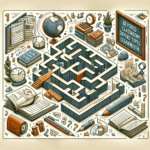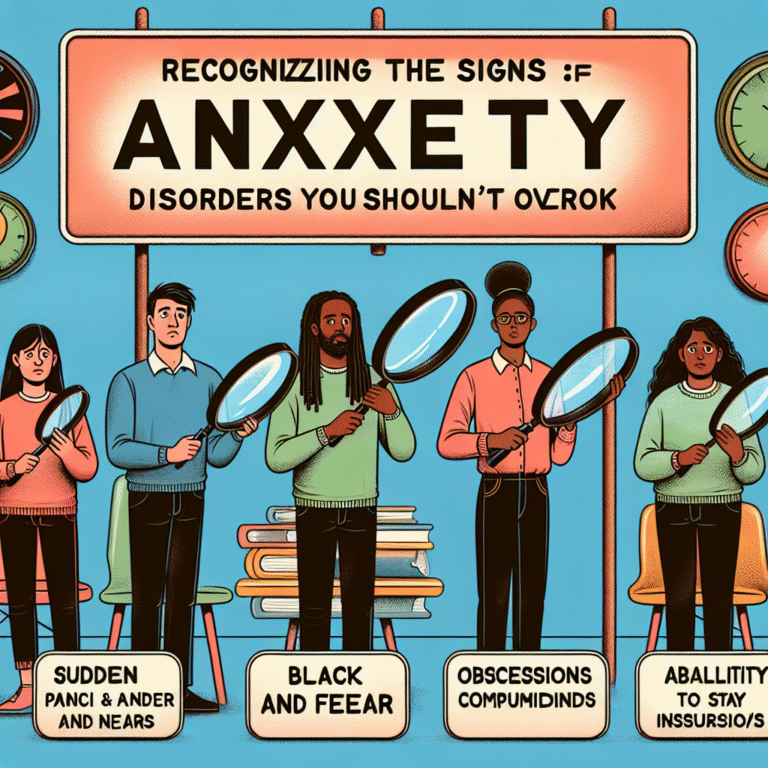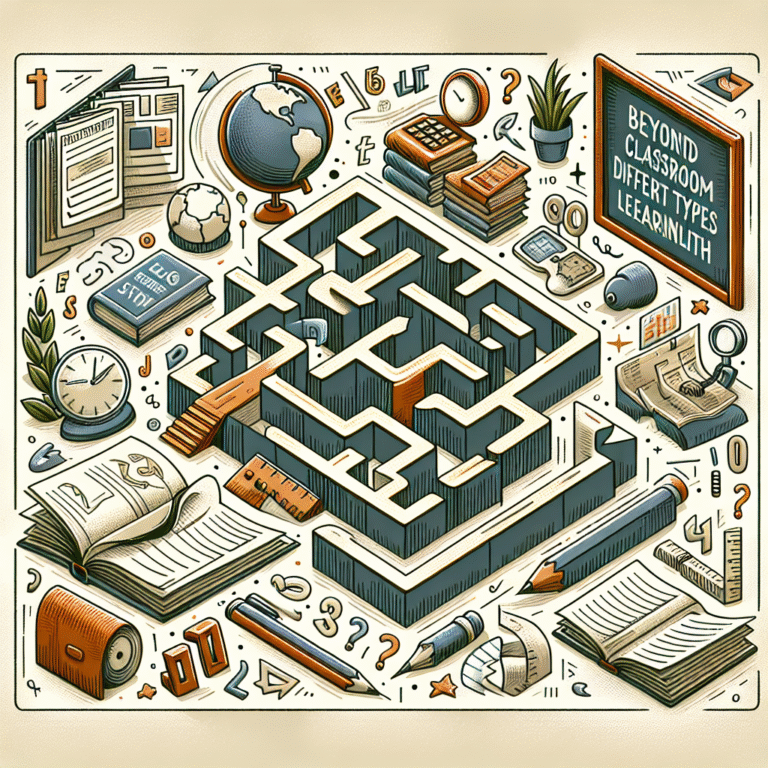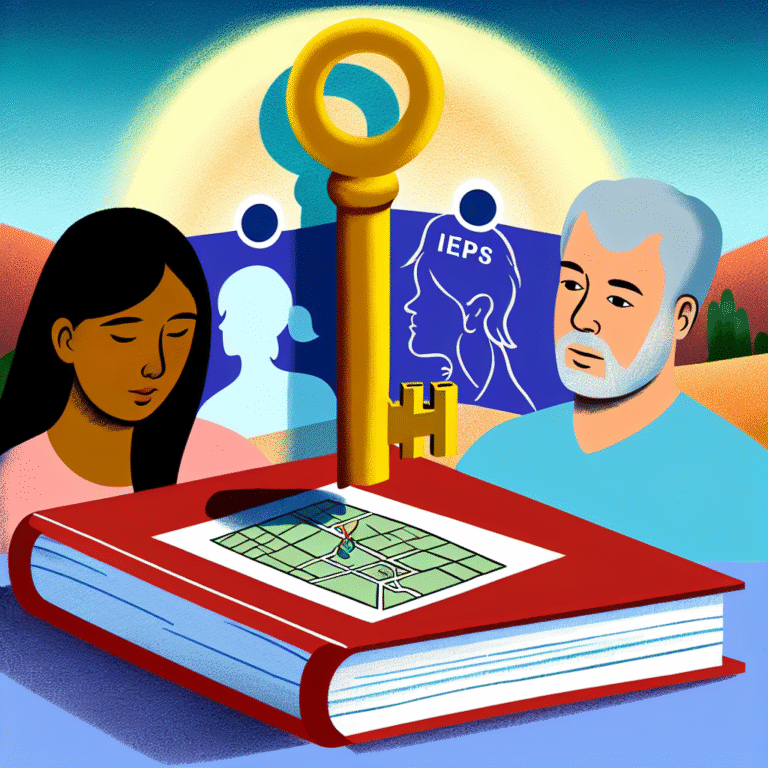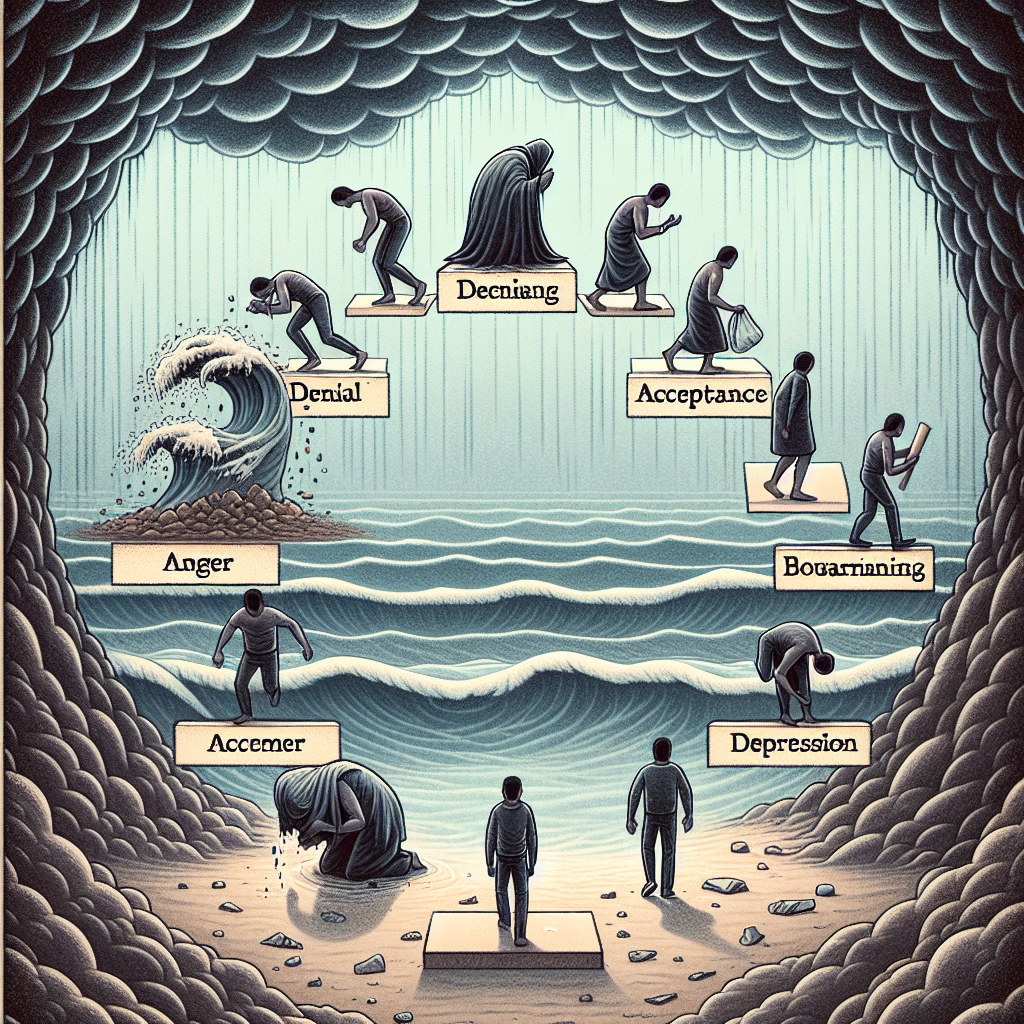
From Denial to Acceptance: The Ultimate Deep Dive into the Stages of Grief
Introduction
Grief is an inevitable part of the human experience; it touches everyone at some point in life. Whether it’s the loss of a loved one, the end of a significant relationship, or even the loss of a cherished dream, navigating grief can feel like walking through a labyrinth without a map. The journey from denial to acceptance is often fraught with emotional turmoil, but it also offers opportunities for growth, healing, and understanding.
Understanding the stages of grief—denial, anger, bargaining, depression, and acceptance—has become a cornerstone of psychological studies and everyday conversations. Grounded in Elisabeth Kübler-Ross’s seminal work, these stages offer a framework for understanding the emotional responses we encounter. In this article, titled From Denial to Acceptance: A Deep Dive into the Stages of Grief, we will explore each stage in detail, examine case studies, and provide actionable insights for navigating this complex emotional journey.
The Stages of Grief: An Overview
Understanding the five stages of grief serves as our foundational framework for this exploration. Each stage is distinct yet interconnected in the complex tapestry of emotional responses.
Table 1: The Five Stages of Grief
| Stage | Description |
|---|---|
| Denial | Refusal to accept reality; a protective mechanism. |
| Anger | Frustration and emotional turbulence over the loss. |
| Bargaining | Negotiating with oneself or a higher power for a way out of despair. |
| Depression | Deep sadness, isolation, and a reflective state. |
| Acceptance | Coming to terms with reality and finding peace. |
Stage 1: Denial
Denial serves as the first line of defense against emotional pain. It acts as a buffer, allowing individuals time to process shocking news. In this stage, people might isolate themselves, ignore their feelings, or act as if everything remains normal.
Case Study: John’s Denial
When John lost his father unexpectedly, he couldn’t believe it. He continued to call his father’s phone, expecting him to answer. He went about his daily routines, discussing events as though his father were still alive. This initial denial can be helpful; it gives time to start the grieving process slowly.
Analysis: John’s reaction illustrates how denial can serve as a protective mechanism, providing a temporary emotional shield. However, it is crucial to recognize when this denial is preventing genuine processing of grief.
Stage 2: Anger
As the reality of loss seeps in, anger often emerges. This anger can be directed at the deceased, oneself, or even other individuals.
Case Study: Maria’s Anger
Maria faced unresolved feelings about her mother’s death from cancer. She felt anger toward her mother for "giving up" and toward the healthcare system for not saving her. This stage is marked by feelings of helplessness and a quest for someone (or something) to blame.
Analysis: Maria’s emotions exemplify how anger can arise from profound sadness. It can serve both as fuel for healing and a hurdle if it transforms into destructive behavior.
Stage 3: Bargaining
Bargaining can manifest as a desperate plea for relief or an exchange—what one would do to return to a state of normalcy. This stage often involves a tendency to overthink life’s decisions.
Case Study: Tom’s Bargaining
After losing his wife to a tragic accident, Tom often found himself thinking, "If only I had insisted she stay home that day, she’d still be here." His mind created scenarios where he could have changed the outcome.
Analysis: Tom’s experience shows how bargaining can create an emotional quagmire. It prevents individuals from moving forward, entrenching them in a loop of "what-ifs."
Stage 4: Depression
Depression often surfaces when individuals fully realize the extent of their loss and the implications it has on their lives. This stage can feel overwhelming as emotions drown out the light.
Case Study: Sarah’s Depression
Sarah lost her job due to company downsizing. She felt as if her identity was slipping away, leading to weeks of isolation, melancholic thoughts, and neglect of self-care.
Analysis: Sarah’s case highlights the sometimes-overlapping nature of grief stages. Though it may seem bleak, this stage is often a precursor to acceptance and can lead to significant personal growth.
Stage 5: Acceptance
Acceptance does not signify the end of grief but rather an acknowledgment of the reality of loss. It is about making peace with what has happened and moving forward.
Case Study: Mark’s Acceptance
Mark experienced profound grief after losing a close friend. Over time, he began to celebrate his friend’s life by organizing gatherings to share memories, fostering a sense of joy amidst the sadness.
Analysis: Mark’s narrative illustrates how acceptance allows for a shift from pain to remembrance, creating a new relationship with loss.
The Journey from Denial to Acceptance: A Lifelong Process
Grief is not a linear process, and individuals may move back and forth between stages at different times. Understanding this non-linear journey is crucial for individuals coping with loss.
Emotional Tools for Managing Grief
- Journaling: Writing down thoughts can help track emotional changes and facilitate catharsis.
- Support Groups: Talking to others who understand can lessen feelings of isolation.
- Therapy: Working with a trained professional can guide individuals through the stages.
Table 2: Emotional Tools for Grief Management
| Tool | Purpose |
|---|---|
| Journaling | Allows for emotional expression and reflection. |
| Support Groups | Creates community and shared understanding. |
| Therapy | Provides professional guidance and coping strategies. |
Conclusion
The journey from denial to acceptance in grief is profound, intricate, and uniquely personal. By understanding the stages of grief, we not only empower ourselves but also create a compassionate framework for supporting those we love. Acceptance may lead to new beginnings and a more profound appreciation for life and relationships.
By recognizing that grief is a universal experience, we can foster environments of understanding, compassion, and support, facilitating the transition through the daunting stages of emotions. As you embark on your journey or support someone else’s, remember that healing is possible, and acceptance is a profound step toward moving forward.
FAQs
1. What is the most common stage of grief?
Answer: While experiences vary, denial is often the first stage many encounter, offering a protective buffer against overwhelming emotions.
2. How long do the stages of grief last?
Answer: There is no set timeline. Grief is highly individual; people may cycle through stages differently and at varying paces.
3. Can someone skip stages in grieving?
Answer: Yes, some individuals may skip stages or revisit earlier ones. Grieving is a non-linear process, and it’s crucial to allow the feelings to unfold naturally.
4. Is it normal to feel angry after a loss?
Answer: Yes, anger is a natural response to grief. It’s essential to acknowledge and process this feeling in healthy ways.
5. How can I help someone who is grieving?
Answer: Listening, providing support without judgment, and offering practical help can be tremendously beneficial for someone in grief. Encourage them to express their feelings and consider professional help if necessary.
This in-depth exploration of From Denial to Acceptance: A Deep Dive into the Stages of Grief aims to provide valuable insights and a sense of understanding to anyone touched by loss. Embrace the complexity of grief, and know that acceptance, though challenging, can lead to profound healing.
